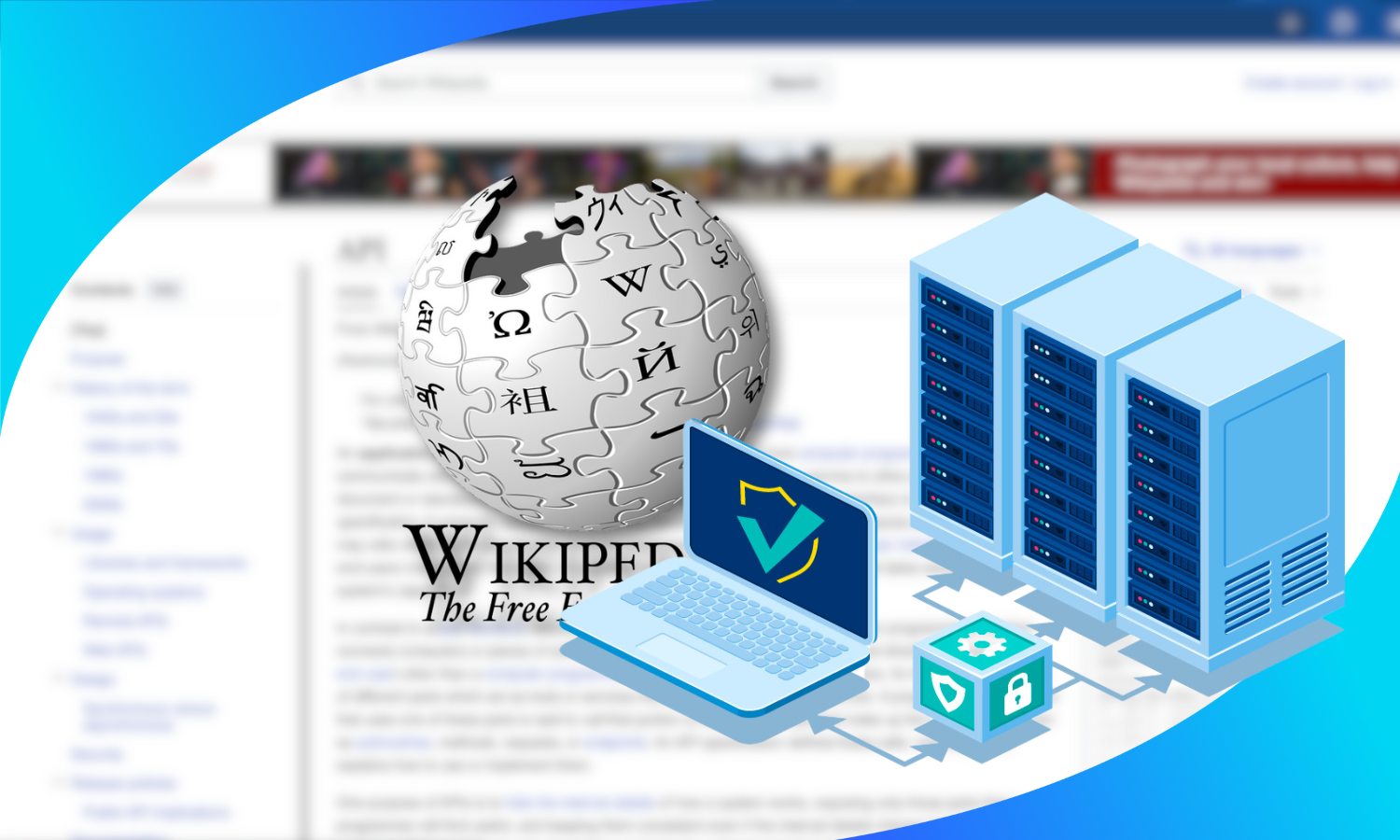

Updated · Feb 11, 2024
Updated · Aug 07, 2023
Velina describes herself as passionate media savvy and a versatile individual with numerous differen... | See full bio
April is a proficient content writer with a knack for research and communication. With a keen eye fo... | See full bio
RAM (Random Access Memory), also known as computer memory, is a vital computer system component. It is a temporary storage where applications can briefly store and access data.
RAM is a volatile memory, meaning its contents are lost when the computer is powered off or restarted.
An increase in RAM can enhance a computer's performance and responsiveness by allowing it to store and access more data simultaneously. When you open a program or file, it is loaded into RAM for quick access by the processor.
In this article, you will discover how to check and improve RAM speed in various ways. Keep reading.
|
Key Takeaways 🎯You can check your computer's RAM speed using built-in tools or third-party software. 🎯Higher RAM speeds provide numerous advantages, including faster data access, more efficient file handling, improved gaming, overclocking potential, and more. 🎯When making changes to RAM settings, checking for compatibility and following the manufacturer's instructions are vital. |
RAM speed is crucial to system performance, whether you are a casual user, gamer, or professional doing resource-intensive tasks.
The speed of your RAM determines how quickly your applications will run and how easily you can access your files.
Once you have determined your RAM speed, you can take steps to optimize its performance. Several techniques are available for accurately diagnosing RAM speed. Here are the five methods you can use to diagnose your RAM speed:
|
👍 Helpful Article: Techjury has several RAM-related articles to help you understand how RAM works on your computer system. Read our articles on: |
To diagnose RAM speed on Windows, the best way to do it is through the built-in Task Manager tool. Here’s a complete step on how to check RAM speed on Windows 10 and 11:
1. Press Control + Shift + Esc or right-click the Windows logo and select Task Manager.
2. Click the Performance tab, then go to Memory.

The memory section shows the RAM in use, availability, MHz speed, and other parameters.
Another way to check your laptop's RAM speed is by using the CMD Prompt. Unfortunately, using Command Prompt can be considered a relatively complicated method.
It requires entering specific commands and interpreting the output, which may not be user-friendly for individuals unfamiliar with using the Command Prompt or working with technical specifications.
Here are the steps on how to check RAM speed using the CMD Prompt:
1. Press the Windows logo and R keys on your keyboard simultaneously to invoke the Run box.
2. Type cmd and click OK.

3. Type the following command: wmic computersystem get speed. This will let you see your PC’s RAM chip speed.

4. Type command: wmic computersystem get totalphysicalmemory, then hit Enter. This will let you see your PC’s total amount of RAM.

The speed of your computer will be displayed in the Command Prompt as soon as you execute the command.
Both Windows and MacOS offer ways to check RAM speed. The MacOS’s straightforward approach through the System Information utility makes it more user-friendly and accessible.
Going to the System Information window lets you see important information about your Mac's memory, including RAM speed.
The following steps show how to check RAM speed on a Mac:
1. Click the Apple icon in the upper-left corner of the screen.
2. On the drop-down menu, click About this Mac. Next to memory, you will see how much RAM your Mac has and its specifications.

Alternatively, you can also check RAM speed through the Activity Monitor. Here’s how to do it:
1. Go to Applications and click on Utilities.
2. Launch the Activity Monitor.
3. Click Memory to see a list of all active processes and how much memory is used.
The memory consumption details, such as the Memory Used and Memory Pressure sections, will be shown to you. The memory pressure graph shows how efficiently your Mac is using memory.
Others may use third-party tools to check their RAM speed for various reasons.
Third-party tools may offer more detailed information, including RAM frequency, timings, and voltage settings, which can be helpful for optimization.
You may want to use the following third-party software to configure your RAM speed:
CPU-Z is a utility software that provides detailed information about various hardware components of a computer system.
It works on both Windows and Android. It is frequently used to gather information about the processor, RAM, motherboard, and other system components.
To use it to check RAM speed, do the following:
1. Visit the official website of CPU-Z and download the app. Once you are done installing CPU-Z, it will analyze your computer and show you a lot of information, including RAM details.
2. Open the app and go to the Memory Tab.
3. Under Timings, you will find the DRAM Frequency. The mentioned MHz is the DDR speed; double it to get the RAM speed.

The image shows that the speed of the RAM is 798.1 MHz. However, since it is DDR RAM (Double Data Rate), you must multiply the number by two to get 1596.2 MHz.
Driver Easy is another third-party software you can use to check RAM speed. It allows you to test your RAM automatically. Driver Easy is compatible with Windows 11, 10, and 7.
Here’s a complete guide on how to check RAM speed using Driver Easy:

3. Navigate to the Hardware Info tab. It will ask for Administrator permission. Click Continue, then Yes.
4. Go to the Memory Tab. You will see DRAM Frequency under Timings. Double the number to get the actual RAM speed.

Driver Easy allows you to save hardware information. Click Save as (*.txt) to save your settings to a text file. This feature is available in the Pro version of the software.
Memtest86+ is a free, open-source, stand-alone, and easy-to-use memory tester.
Compared to BIOS memory tests, it provides a more thorough memory check. Memtest86+ is compatible with Windows, Linux, and Mac.
Here's how to use Memtest86+ to run a memory test:
1. Go to Memtest86+ website and download it on a USB drive.
2. Boot the system from the USB drive.
3. Start the testing process.

Rember is yet another third-party utility tool that tests RAM. It is a free and easy-to-use graphical front-end to the command line MemTest tool.
It runs a memory test to help determine if you have defective RAM modules installed in your Mac. It is specifically designed for MacOS only.
Here’s how to use Rember to test the memory of a Mac:
1. Download Rember for free from KellyComputing.net.
2. Launch the app and click on Test.

If everything goes well, you will receive the message "All tests passed," and if something goes wrong, you will receive an error message.
The more RAM your computer has, the more programs you can run at a time without compromising performance.
Many computer experts and professionals use RAM speed boosting as a popular technique to enhance system performance.
By increasing the speed at which your RAM operates, you can unlock several benefits, including:
This can make switching between tasks easier and less likely to slow down the system.
It can also enhance the performance of memory-intensive tasks like video editing or 3D rendering.
Increasing the RAM speed can optimize the system’s performance and achieve better results when overclocking the CPU or GPU.
Increasing RAM speed can reduce the time these operations take to complete, leading to a more snappy and smooth user experience.
|
🎉 Fun Fact: Gamers prioritize high-speed RAM for smoother gameplay and less shuttering. Faster RAM can boost frame rates, reduce input lag, and improve gaming performance. |
By utilizing the full potential of your computer's RAM, you can gain advantages that improve your user experience.
Here are some things you can do to unlock the power of your RAM:
RAM can run faster if you clean up your computer by removing old files, uninstalling apps you do not use, and keeping up with software maintenance.
Over time, your system gets full of unused files, temporary data, and old applications that use valuable resources like RAM.
Removing old files and other apps can create more available storage space, allowing RAM to operate more efficiently. When you uninstall apps you do not use, you get more space and less background activity.
Clearing cache and temporary files improves storage by freeing up system resources and indirectly boosting RAM performance.
|
📝 Note: Malware and viruses can negatively impact the performance of your computer, including its RAM. You can run regular scans using reputable antivirus software to detect and remove malware. |
Optimizing background processes can help improve system performance by reducing resource utilization for unnecessary or less important tasks.
By closing apps, programs, and browser tabs that you are not using, you can speed up your RAM. You can end tasks in Windows by pressing Ctrl+Shift+Esc or by right-clicking the taskbar and choosing Task Manager.
You can also turn off programs that run when the computer starts. You can look at the list of startup programs and turn off ones you do not need to run automatically.
Remember to balance between optimizing background processes and ensuring that important tasks and services run well.
Do not turn off system processes or security measures that are needed. This can cause the system to become unstable or leave security holes.
If you frequently use more than 50% of your computer’s available RAM, adding more memory can make your computer run faster. It can give you more room to run applications that use a lot of memory.
Most computers have two or more RAM chip slots between 4 and 16 GB. Adding RAM can significantly enhance your system’s performance, especially when dealing with memory-demanding tasks.
Check your motherboard’s specifications to determine the maximum amount of RAM it can support. Check the available RAM slots as well. Some systems have limitations on the total capacity or maximum capacity slot.
|
📝 Note: Increasing RAM alone may not address all performance issues. You must evaluate your system and address potential limitations to achieve optimal performance. |
Changing the RAM speed in your computer's BIOS (Basic Input/Output System) is a common way to speed up the RAM.
Here’s how to do it:
1. Start your computer and enter the BIOS/UEFI settings using the designated key during startup to increase RAM speed in the BIOS.
2. Enable the XMP (Extreme Memory Profile) or DOCP (Direct Overclock Profile) option, which allows the RAM modules to run at their rated speed and timing.
3. Save the changes and exit the BIOS setup.
4. Restart your computer.
Check the BIOS or system information utilities to see if the speed of the RAM has changed after it was increased. Be careful when making changes to the BIOS to avoid potential problems.
Remember that increasing the RAM speed might not always lead to significant performance improvements. Other hardware components and software optimization also play a role in system performance.
|
⚠️ Warning Changing the wrong BIOS settings could cause your computer to crash randomly. If you have any problems after you save the settings, it is best to undo the changes. In cases where you cannot undo the changes, reset the BIOS to its default settings. |
Overclocking RAM involves increasing its operating frequency and performance beyond its default specifications. While it can provide a performance boost, it's vital to approach RAM overclocking cautiously.
Consider the following factors:
Stability testing ensures your system remains stable under heavy loads and prolonged usage.
|
⚠️ Warning Always proceed with caution and make incremental changes. Test stability thoroughly to avoid damaging your components. |
Checking and optimizing your RAM speed is an essential step in maximizing the performance of your computer system. Understanding RAM speed factors and using proper diagnostics can help you improve your system.
Once you have determined your RAM speed, numerous ways exist to boost it. However, it would help to be careful when boosting so your computer stays stable, and you do not run into problems.
Remember that every system is different; results may vary depending on the hardware setup and parts used.
If your system has ample RAM, upgrading to faster RAM can improve performance. On the other hand, if your system tends to run out of memory or slow down, adding more RAM will help.
A higher MHz is generally better for RAM because it allows faster data access and transfer rates. This is especially true for tasks heavily relying on memory bandwidth, such as gaming and video editing.
It is easy to detect if your RAM is slow. Slow RAM causes a sluggish system, poor performance, high desk usage despite available memory, frequent freezing or crashing, and memory diagnostic tool errors.
Your email address will not be published.
Updated · Feb 11, 2024
Updated · Feb 11, 2024
Updated · Feb 08, 2024
Updated · Feb 05, 2024



